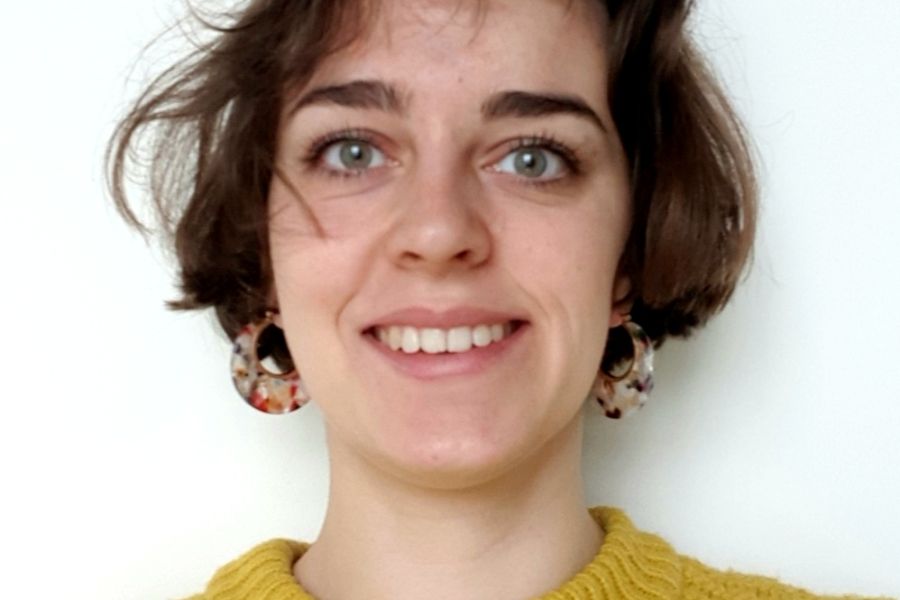Hannah studies how light at night may contribute to the loss of insects

PhD candidate Hannah Broeckx recently started her PhD research at the University of Amsterdam. Under supervision of prof. Astrid Groot and dr. Emily Burdfield-Steel, she will investigate the effects of light at night in urban areas on the behavior and physiology of nocturnal insects such as moths. Since these animals are an important element in a food chain, negative consequences for these species may cause even larger effects on biodiversity. Hannah introduces herself below.

Hi Hannah, who are you, where are you from and what are your hobbies?
Hi, my name is Hannah Broeckx. I am 23 years old and I am from Belgium. In my free time, I enjoy working outside, either in the garden or at the local nature reserve. I also like hiking, animal or plant spotting and crafting.
What is your background?
I studied biology at the University of Ghent and obtained my master’s degree in ‘Global Change Ecology’. My personal interests are focused on insect ecology and the impact of human disturbances. For my master’s thesis, for example, I investigated the effectiveness of mitigation strategies to reverse insect declines caused by agricultural intensification.
Where will you work on your project and what is your project about?
During my PhD, I will be stationed at the University of Amsterdam (UvA), within the department of Evolutionary and Population Biology. Here, I will be supervised by Prof. Dr. Astrid Groot and Dr. Emily Burdfield-Steel. I will be investigating how artificial light affects insects, specifically moths, and the relation with their predators, such as birds and bats. Light has been shown to impact organisms in a variety of ways and complex processes such as predator-prey interactions are very vulnerable to this.
For this project we will work together with several municipalities, where we will perform experiments and monitor along an urban-rural gradient, where we can adjust the light. In addition, lab experiments will be conducted. Together, this should give us a better insight in the effect of light, which we can than ultimately use to optimize our use of artificial light.
When did you first hear about the field of chronobiology?
My first real encounter with the subject was when I observed our chickens, their biological clocks are really spot-on! The true insights within the subject however, came much later during my physiology classes. Back then, especially the chronobiology of plants was hugely captivating for me.
What is something that people should know about you?
I have always been extremely fascinated by the nature surrounding us. As a child I liked to observe, and I would even set up my own little field experiments. I am also a heavy collector of nature’s treasures such as bones, dead insects, feathers, rocks, shells, mosses…just everything really. This is also why I am so thrilled to participate as a researcher in the BioClock consortium, as I can now contribute to the understanding and protection of this biodiversity.
To get in touch with Hannah: h.broeckx@uva.nl

The BioClock Consortium is funded by the NWA-ORC programme of the Dutch Research Council (NWO; project number 1292.19.077).